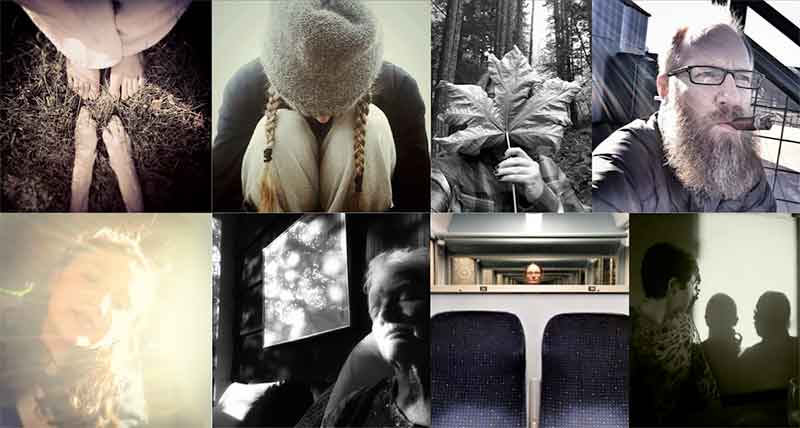Laura Moya and Laura Valenti have been the team behind the success of Photolucida and its annual competition,
Critical Mass. Fearless leaders of their non-profit which supports and promotes the work of emerging and mid-career photographers, they are also accomplished photographers and curators. Before the registration for Critical Mass 2016 opens this May, these women are introducing some new programming for Photolucida. After the success of their first juried show, Early Works (which I'll discuss in a moment), the team are doing a fun and intimate call for entries titled The Elevated Selfie: Beyond the Mirror. The curatorial intent is to show work that stretches the boundaries of the term selfie in a creative and thought-provoking way. The two Lauras are on the hunt for selfies that transcend the expected - bold, beautiful, artistic images that go beyond the blurry bathroom grab shot. To quote the curators, At their best, selfies allow us to define who we are as people and to give voice to compelling personal narratives. Be your own art director. Turn a creative eye on your own experience. Share your vision with us. And here's a new twist, these photographs need to be take with your phone. That's right. Your phone. This exhibition of self-portraits will be shown at
LightBox Gallery in Oregon, and the
Griffin Museum of Photography in Massachusetts (west coast -> east coast!). The deadline to submit is March 15, so start shooting!
This isn't the Photolucida team's first rodeo though. Three years ago, Laura Moya and Laura Valenti paired up to curate their first show together.
Early Works is an exhibition that examines the naive imagery made by contemporary photographers when they were children. These early images often reveal surprising talent, visual intuition, and honesty. Kept for many decades in shoeboxes and faded albums, the images are often cherished belongings that play a key role in defining the self as artist. This exhibition is a close look at photographers' earliest works, paired with personal narratives about the images and their role in each photographers' development as an artist. I had the honor of showing this group of pictures at RayKo in 2013 and many of the photographers' writings brought me to tears. Read some of the excerpts below to find yourself shaken.
This exhibition was such a success at every venue that hosted it, that the show continued to travel for nearly two years. It debuted at Newspace Center for Photography in Portland, Oregon, traveled to RayKo Photo Center in San Francisco, then on to
The Center for Fine Art Photography in Fort Collins, Colorado, then further east to the
Sol Mednick Gallery in Philadelphia, and then finally to the
Photographic Resource Center in Boston.
Here is the curators' statement about the project:
The idea for Early Works came from a conversation in which we exchanged stories about discovering photography at an early age. What was it about the medium that kindled our imaginations when we were young?
We wanted to revisit the moment when other contemporary photographers first connected with the medium. We were curious about what childhood images might show us about the nascent stages of creative vision. For many of us, an early fascination with photography led to a life-long passion. How do photographers keep their relationship to the medium alive over the years, and ultimately choose to make it their professional voice?
Many childhood experiences live in our subconscious and are often difficult to navigate, even as adults. Memories of historic moments, of families unraveling, of play, discovery, and struggles with identity are a part of our collective history. This project is about imagery, but equally about personal narrative. A photograph can serve as a strong visual cue that can spark a rich story in a second.
After such astounding success with their first effort, I look forward to seeing what this dynamic duo puts together for this next call for entries!
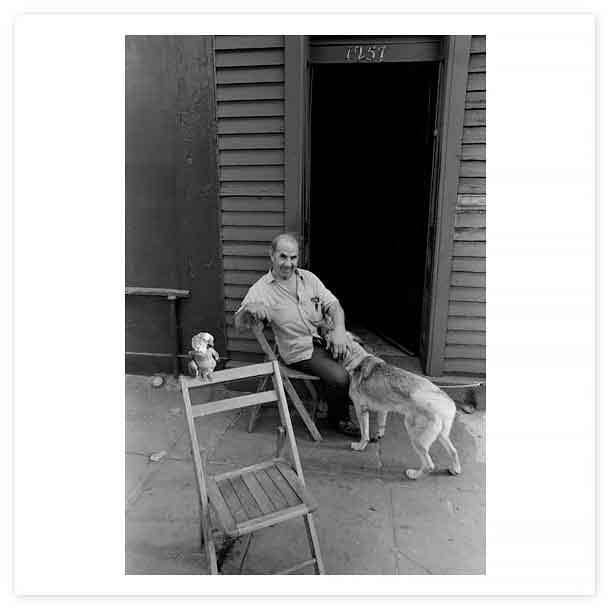
© Roger Ballen - Man, Dog and Bird, 1969
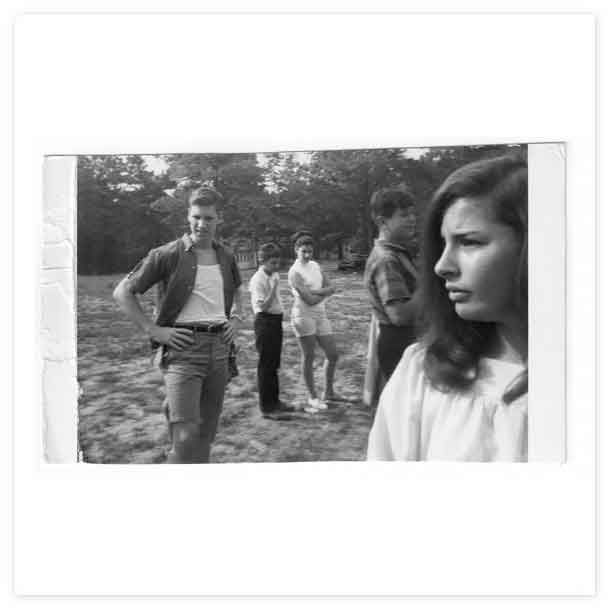
© Sheri Lynn Behr - Danny & Angel, 1964, Camp Echo, Upstate New York
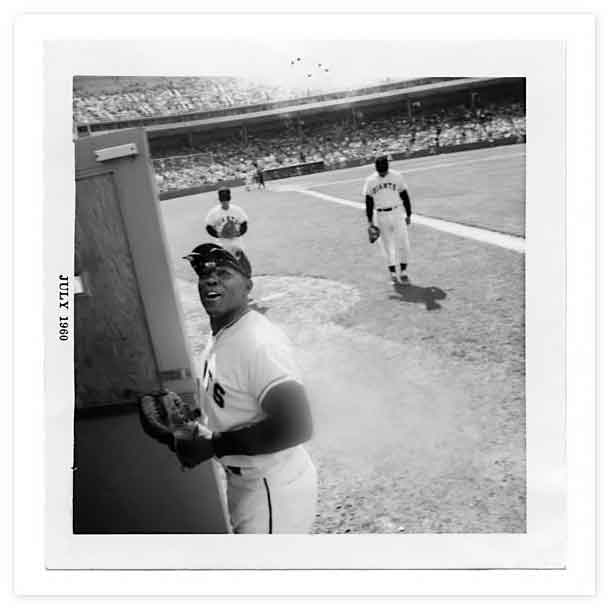
© Michael Jang - Willie Mays at Candlestick Park, San Francisco, Age 9
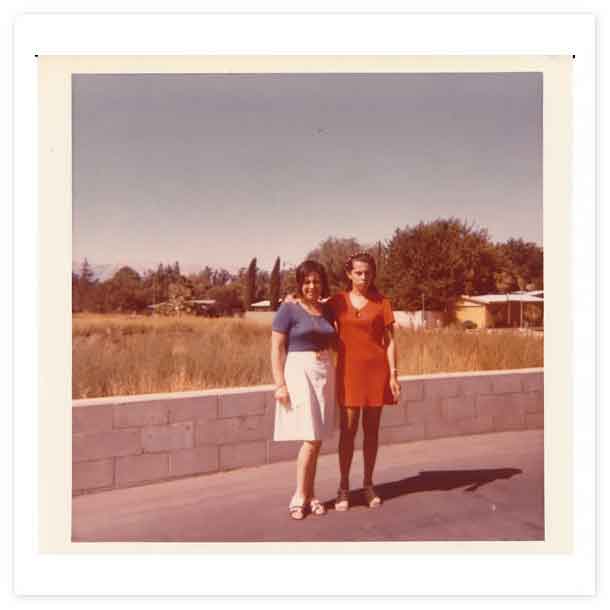
© Hannah Kozak - My Mother & Her Sister, 1972
